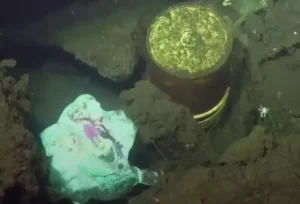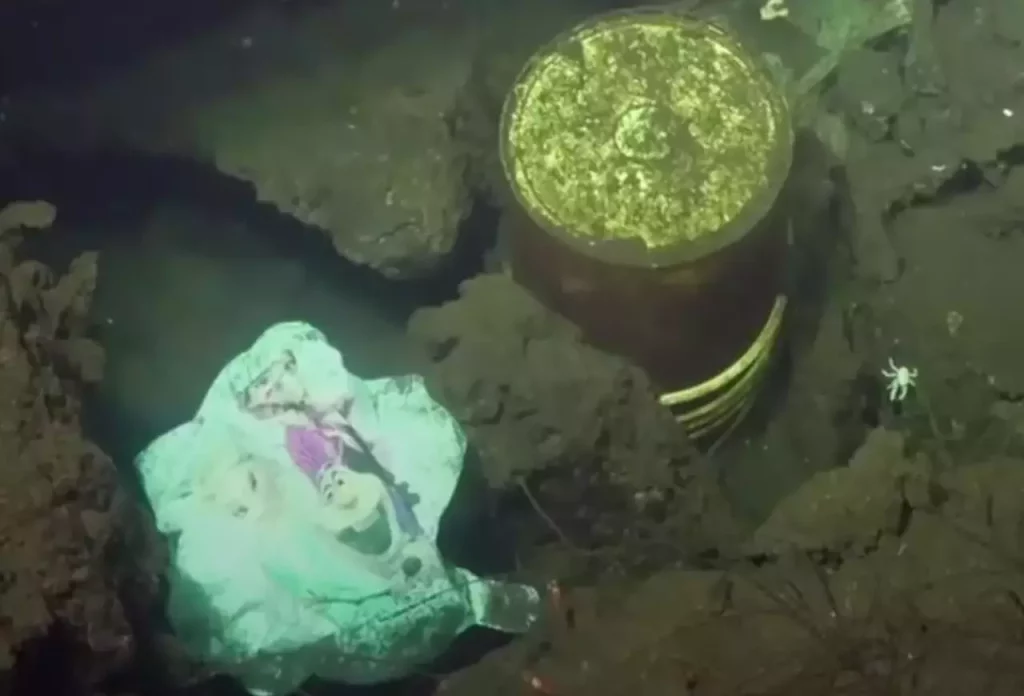While the Mariana Trench may appear to be a desolate and lifeless chasm, it is, in fact, teeming with life. Diverse marine life forms, such as coral, jellyfish, and octopus, have been discovered in the depths of the trench. Unfortunately, the study also found that 17 percent of the images of plastic in the Deep-Sea Debris Database depicted interactions with marine life. These encounters ranged from entanglement to ingestion, highlighting the immediate threats plastic pollution poses to marine creatures.

A study utilizing the Deep-Sea Debris Database revealed that plastic is the most prevalent form of debris found in the ocean. Plastic bags, in particular, constitute a significant portion of this pollution. Shockingly, a staggering 89 percent of the plastic discovered in the Mariana Trench was of the single-use variety—a clear indication of the pervasive impact of disposable plastic on our environment.
The Mariana Trench’s remote location and distance from human habitation may seem to absolve humanity of responsibility for the plastic pollution found there. However, this assumption could not be further from the truth. The origins of the plastic found at the trench’s depths point to humanity’s far-reaching environmental impact.
